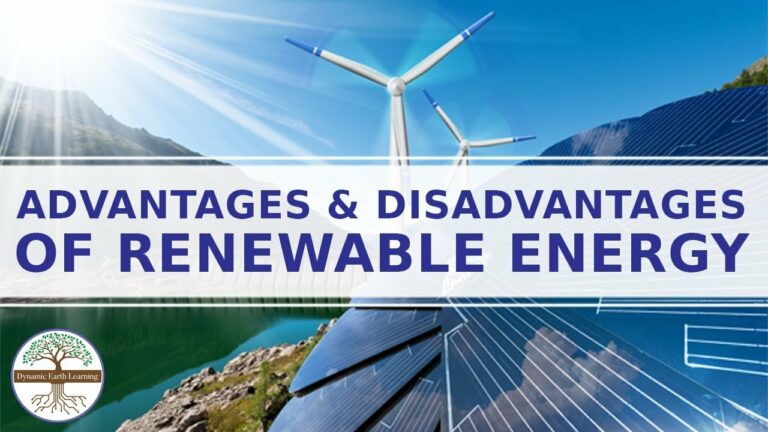What Is Green Vehicle Fuel Called? Exploring Eco-Friendly Options
Today we discuss What is Green Vehicle Fuel Called. Green vehicle fuel has become a buzzword in recent years as the world seeks sustainable alternatives to conventional fossil fuels. So, what is green vehicle fuel called?
The answer lies in a cleaner and more eco-friendly solution – it’s known as biofuel. This revolutionary alternative is derived from plant matter, such as corn, sugarcane, soybeans, and even algae. Unlike traditional gasoline or diesel, biofuel significantly reduces greenhouse gas emissions, making it a key player in combating climate change.
In this article, we will delve deeper into the world of biofuels, exploring their benefits, sources, and the promising future they hold for a greener tomorrow. So, let’s not waste any more time and dive right in!
What is Green Vehicle Fuel Called?
Despite the push for alternative fuels, traditional gasoline and diesel still dominate as the primary sources of fuel for vehicles. However, as global concerns about climate change and air pollution continue to grow, there has been a significant shift towards greener and more sustainable transportation. Green vehicle fuel, also known as alternative fuel or clean fuel, refers to any fuel that reduces harmful emissions and minimizes environmental impact compared to conventional fossil fuels. This article will delve into the various types of green vehicle fuel available today and explore their benefits and challenges.
Biofuel: Nature’s Contribution to Green Transportation
Biofuel, derived from plant or animal matter through various processes, is one of the most common forms of green vehicle fuel. It offers an alternative to petroleum-based fuels, significantly reducing greenhouse gas emissions and dependence on non-renewable resources. Here’s a closer look at two prevalent biofuels:
1. Ethanol: A Renewable Energy Source
Ethanol, also known as grain alcohol or alcohol fuel, is primarily produced from starch crops such as corn, barley, and wheat. It can be blended with gasoline to create what is commonly known as E10 (a mixture containing 10% ethanol). Some vehicles can even run on higher ethanol blends like E85 (85% ethanol), which reduces greenhouse gas emissions and promotes energy security.
However, ethanol production has its limitations. Critics argue that the cultivation and processing of crops for ethanol production can lead to deforestation, water pollution, and competition with food production. Additionally, the energy required for ethanol production and transportation may offset some of the associated environmental benefits.
2. Biodiesel: Greener Alternative for Diesel Engines
Biodiesel is produced by converting vegetable oils, animal fats, or recycled cooking greases into a fuel that can be used in diesel engines. Similar to ethanol, biodiesel can be blended with traditional diesel fuel to create different ratios such as B5 (5% biodiesel) or B20 (20% biodiesel). Biodiesel significantly reduces harmful emissions like particulate matter, carbon monoxide, and hydrocarbons.
The use of biodiesel, however, comes with challenges. The production process requires large amounts of crops, which may compete with food production. Additionally, biodiesel has a higher viscosity compared to petroleum diesel, which can lead to issues with engine performance, especially in cold weather.
Hydrogen: The Clean Fuel of the Future
Hydrogen is often hailed as the ultimate green vehicle fuel due to its high energy content, zero carbon emissions when used, and its potential to be produced from renewable sources. With the help of a fuel cell, hydrogen gas can be converted into electricity to power electric vehicles (EVs) without producing any harmful emissions. However, there are significant hurdles to overcome before hydrogen becomes widely adopted:
1. Production Challenges
Currently, most hydrogen production relies on natural gas reforming, a process that releases carbon dioxide (CO2) into the atmosphere. To truly be a green fuel, hydrogen must be produced through processes like electrolysis, which requires renewable energy sources like wind or solar power. Expanding infrastructure to support such large-scale hydrogen production remains a significant challenge.
2. Storage and Distribution
Unlike liquid fuels, hydrogen has low energy density, making it challenging to store and transport. Compressing or liquefying hydrogen requires energy and specialized infrastructure, limiting its widespread use. Additionally, hydrogen’s high flammability poses safety concerns that need to be addressed through proper storage and handling protocols.
Electricity: Fueling the Future of Transportation
Electricity, harnessed from renewable sources such as solar or wind, is another key player in the green vehicle fuel arena. Electric vehicles (EVs) have gained significant popularity due to their zero tailpipe emissions and lower overall carbon footprint. However, several challenges must be addressed to fully transition to an electric future:
1. Charging Infrastructure
To support widespread EV adoption, a robust charging infrastructure is essential. Currently, charging stations are less prevalent than traditional fuel stations, leading to range anxiety for EV owners. Governments, communities, and private companies must collaborate to accelerate the development of charging networks.
2. Battery Technology
Battery technology plays a crucial role in EV performance, range, and charging speed. Research and development efforts focus on improving battery efficiency, energy density, and reducing costs, to make EVs more competitive with internal combustion engine vehicles. Advancements in battery technology will be instrumental in overcoming the limitations of range and charging time.
Hydrogen: fuel of the future?
Frequently Asked Questions
What is green vehicle fuel called?
Green vehicle fuel is commonly referred to as “biofuel”. Biofuel is a renewable energy source made from organic materials, such as plants and animal waste. It is considered environmentally friendly because it produces lower carbon emissions compared to fossil fuels when burned. Biofuels can be used in both gasoline and diesel engines, making them a viable alternative to traditional fossil fuels in reducing greenhouse gas emissions and promoting sustainability in the transportation sector.
Are there different types of green vehicle fuels?
Yes, there are several types of green vehicle fuels available. Some common examples of green vehicle fuels include biodiesel, ethanol, and hydrogen. Biodiesel is derived from vegetable oils or animal fats and can be blended with diesel fuel or used as a standalone fuel. Ethanol, on the other hand, is mainly produced from corn, sugarcane, or cellulosic biomass, and is commonly blended with gasoline. Hydrogen, though not technically a fuel, can be used as an energy carrier in fuel cell vehicles, where it reacts with oxygen to produce electricity.
How is green vehicle fuel produced?
Green vehicle fuel is typically produced through various processes, depending on the type of fuel. Biodiesel, for example, is produced by chemically reacting vegetable oils or animal fats with an alcohol, usually methanol. Ethanol is primarily produced through the fermentation of sugars found in crops like corn or sugarcane, followed by distillation. Hydrogen can be produced through electrolysis, where an electric current is used to split water into hydrogen and oxygen, or through reforming processes that convert natural gas or other hydrocarbons into hydrogen gas.
Is green vehicle fuel widely available?
Yes, green vehicle fuel is becoming increasingly available in many regions worldwide. Governments and industries are recognizing the importance of transitioning to renewable energy sources to reduce greenhouse gas emissions. As a result, biofuel blending requirements and infrastructure for alternative fuel distribution are being developed and expanded. Various countries have implemented policies and incentives to promote the adoption and use of green vehicle fuels. However, the availability may vary depending on the location and the level of adoption in a particular region.
What are the benefits of using green vehicle fuel?
Using green vehicle fuel offers several benefits. Firstly, it helps reduce greenhouse gas emissions and dependence on fossil fuels, contributing to a more sustainable and environmentally friendly transportation sector. Green vehicle fuels also have the potential to improve air quality by emitting fewer pollutants compared to traditional fossil fuels. Furthermore, utilizing biofuels can support agricultural sectors and rural economies by creating additional markets for crops used in biofuel production. Lastly, the use of green vehicle fuel can help diversify energy sources, reducing geopolitical risks associated with fossil fuel dependency.
Final Thoughts
Green vehicle fuel, also known as alternative fuel or renewable fuel, is a sustainable and eco-friendly option for powering vehicles. It offers numerous benefits, including reduced greenhouse gas emissions and decreased dependence on fossil fuels. The rising demand for green vehicle fuels has led to the development and adoption of various options such as biodiesel, ethanol, hydrogen, and electricity. These fuels not only help combat climate change but also promote energy efficiency and a cleaner environment. As the world strives towards a greener future, the importance of green vehicle fuel cannot be overstated.






